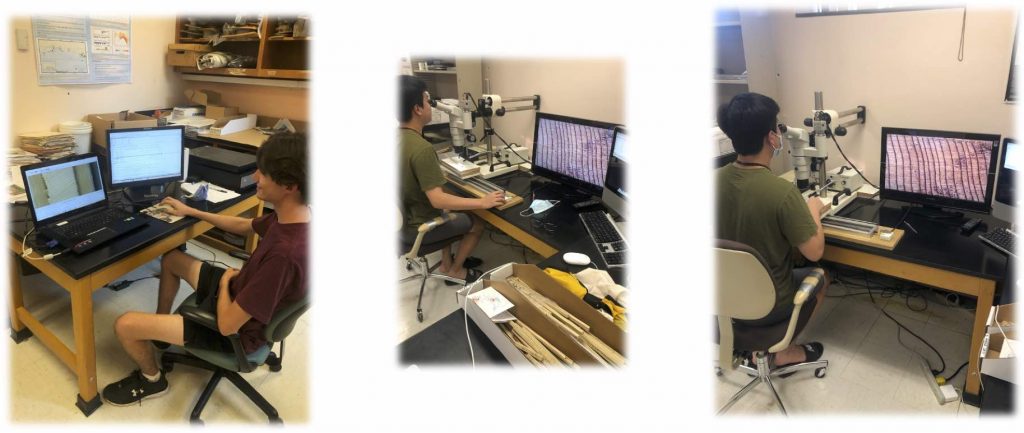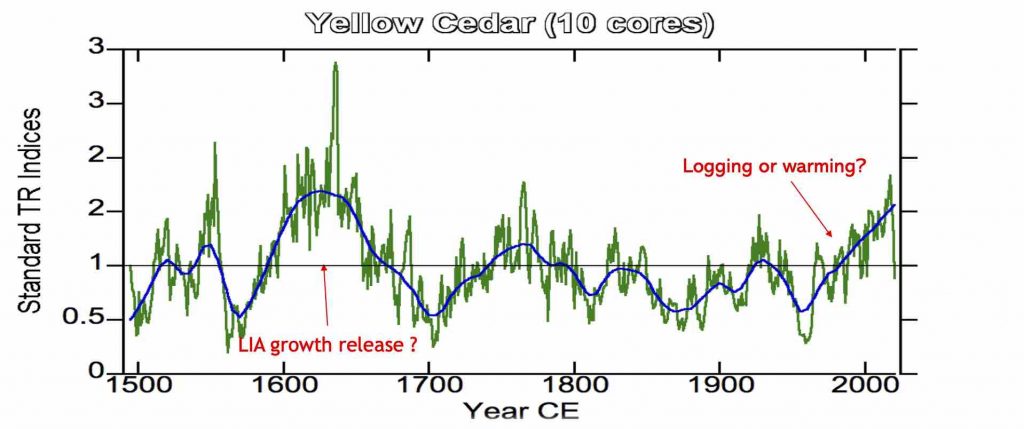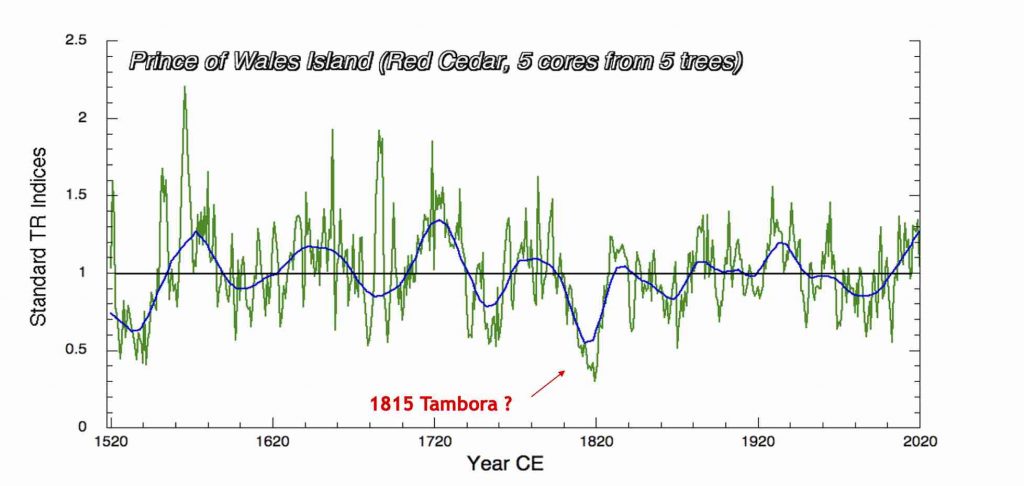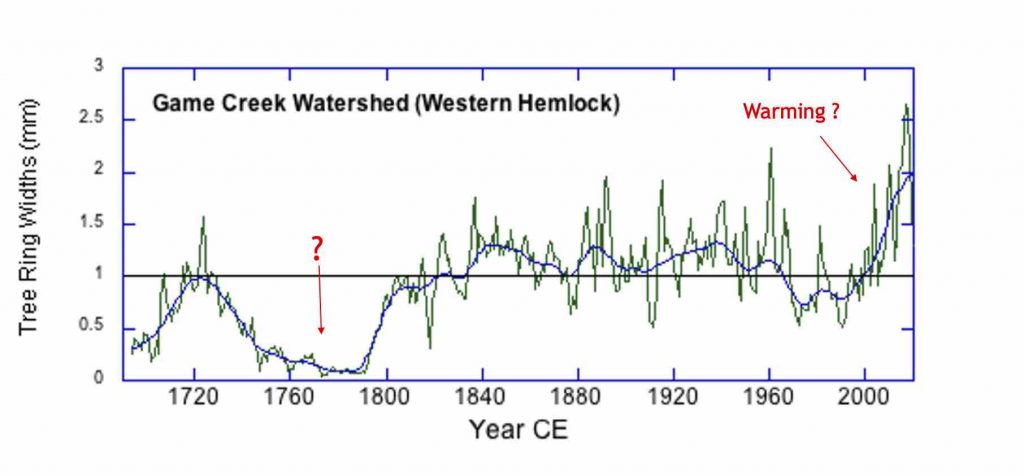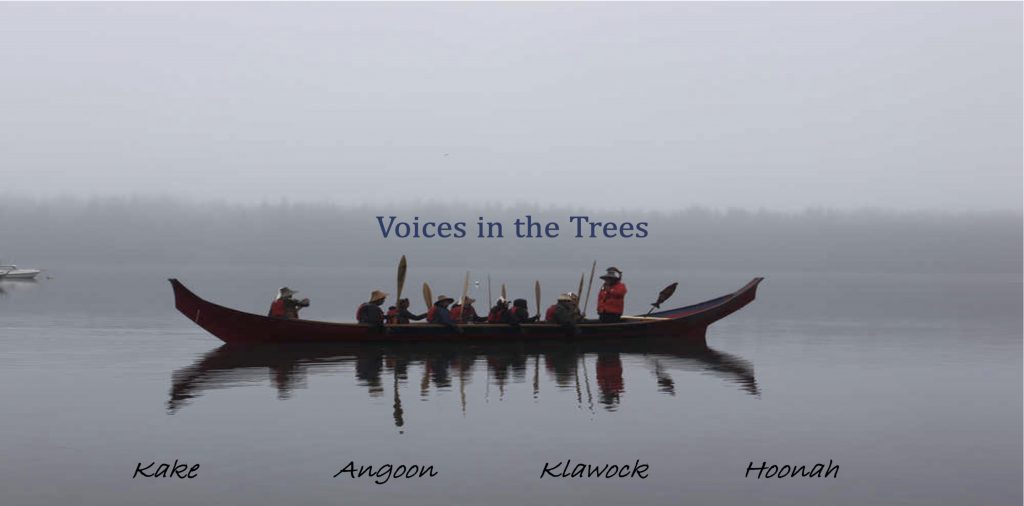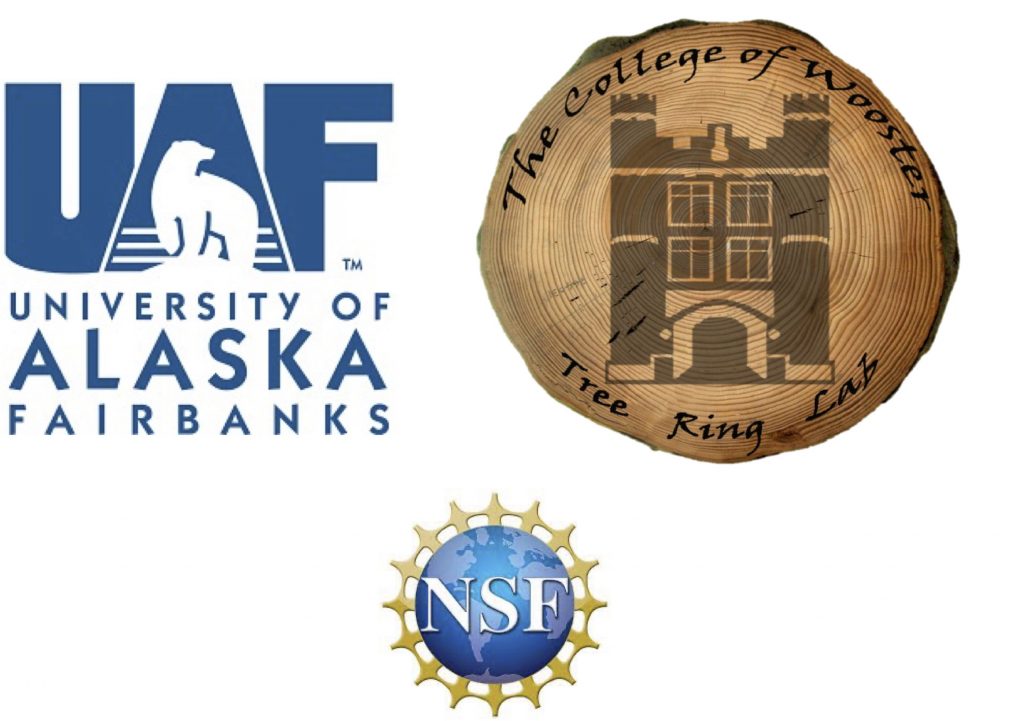Editor’s Note: The post below was written in December 2012 about a purported bryozoan found in Cambrian rocks. This would have been a major find because bryozoans, a major fossilized phylum, were notably missing from the Cambrian record, despite molecular evidence that they must have been there. The fossil described in this old post is almost certainly not a bryozoan, but NOW a recent publication describes clear and distinct bryozoans from the Early Cambrian of Australia and South China: Zhang, Z., Zhang, Z., Ma, J., Taylor. P.D., Strotz, L.C., Jacquet, S.M., Skovsted, C.B., Chen, F., Han, J. & Brock, G.A. 2021. Fossil evidence unveils an early Cambrian origin for Bryozoa. Nature; https://doi.org/10.1038/s41586-021-04033-w. (Note that friend of the department Paul Taylor is among the authors.) The new bryozoan fossil is erect, bilaminate, and secondarily phosphatized. Its taxonomic name is Protomelission gatehousei. Andrej Ernst and I wrote a Nature News & Views article about this fantastic story. Now we all must update our lectures on bryozoans and the Cambrian radiation!
The original December 2012 post is below.
_______________________________________________
 DUBLIN, IRELAND — It was a great day of talks at the 56th Palaeontological Association Annual Meeting being held at University College Dublin. I learned many things, from new ideas about the Burgess Shale and its characteristic fauna to why there is no demonstrated sexual dimorphism among Mesozoic vertebrates. (I also learned that the students in this university must sit in very cramped spaces in chilly rooms. Wooster students: note your classroom comforts!) My favorite talk of the day was one on which I was a co-author: “Is the world’s oldest bryozoan actually the world’s oldest pennatulacean?” Our senior author and genius of the project, Paul Taylor, gave the lecture. I’m presenting here two slides from the PowerPoint presentation. We’ll have much more about this topic when we have our paper on it in press. In the top image you see on the left Pywackia baileyi, a putative Cambrian bryozoan recently described in a high-profile journal. This is a big deal because bryozoans are known as one of the very few phyla not found in the Cambrian. We looked at the evidence and the specimens and quickly concluded this Pywackia baileyi is not a bryozoan. (Tell your friends!). Instead it appears to be pennatulacean-like octocoral. The image in the top right is of Lituaria, a modern pennatulacean. Note how similar these structures are, except for almost an order of magnitude size difference (which is reduced when looking at the range of sizes in other pennatulaceans).
DUBLIN, IRELAND — It was a great day of talks at the 56th Palaeontological Association Annual Meeting being held at University College Dublin. I learned many things, from new ideas about the Burgess Shale and its characteristic fauna to why there is no demonstrated sexual dimorphism among Mesozoic vertebrates. (I also learned that the students in this university must sit in very cramped spaces in chilly rooms. Wooster students: note your classroom comforts!) My favorite talk of the day was one on which I was a co-author: “Is the world’s oldest bryozoan actually the world’s oldest pennatulacean?” Our senior author and genius of the project, Paul Taylor, gave the lecture. I’m presenting here two slides from the PowerPoint presentation. We’ll have much more about this topic when we have our paper on it in press. In the top image you see on the left Pywackia baileyi, a putative Cambrian bryozoan recently described in a high-profile journal. This is a big deal because bryozoans are known as one of the very few phyla not found in the Cambrian. We looked at the evidence and the specimens and quickly concluded this Pywackia baileyi is not a bryozoan. (Tell your friends!). Instead it appears to be pennatulacean-like octocoral. The image in the top right is of Lituaria, a modern pennatulacean. Note how similar these structures are, except for almost an order of magnitude size difference (which is reduced when looking at the range of sizes in other pennatulaceans).
 In the above slide from Paul’s presentation you see Pywackia and Lituaria again on the left, and then a variety of living pennatulacean octocorals on the right. We have strong evidence, from the morphology to the possible original phosphatic composition, that Pywackia baileyi is not the earliest bryozoan. We have thus far a good case that it instead represents the earliest pennatulacean octocoral. Again, this story will be developed further later in this blog after our paper is accepted for publication.
In the above slide from Paul’s presentation you see Pywackia and Lituaria again on the left, and then a variety of living pennatulacean octocorals on the right. We have strong evidence, from the morphology to the possible original phosphatic composition, that Pywackia baileyi is not the earliest bryozoan. We have thus far a good case that it instead represents the earliest pennatulacean octocoral. Again, this story will be developed further later in this blog after our paper is accepted for publication.
 The day ended with the traditional, raucous annual Palaeontological Association dinner at the Jameson Distillery in downtown Dublin. In the above image you can see in the foreground on the right Wooster alumna Lisa Park Boush and her husband Carlton. We are among just a scattering of Americans at this European meeting. It was a very pleasant (if very loud) evening!
The day ended with the traditional, raucous annual Palaeontological Association dinner at the Jameson Distillery in downtown Dublin. In the above image you can see in the foreground on the right Wooster alumna Lisa Park Boush and her husband Carlton. We are among just a scattering of Americans at this European meeting. It was a very pleasant (if very loud) evening!
References:
Landing, E., English, A. and Keppie, J.D. 2010. Cambrian origin of all skeletalized metazoan phyla—Discovery of Earth’s oldest bryozoans (Upper Cambrian, southern Mexico). Geology 38: 547-550.
Taylor, P.D., Berning, B. and Wilson, M.A. 2012. Is the world’s oldest bryozoan actually the world’s oldest pennatulacean? Palaeontological Association 56th Annual Meeting, Dublin, Ireland, Programme and Abstracts, p. 52.



















